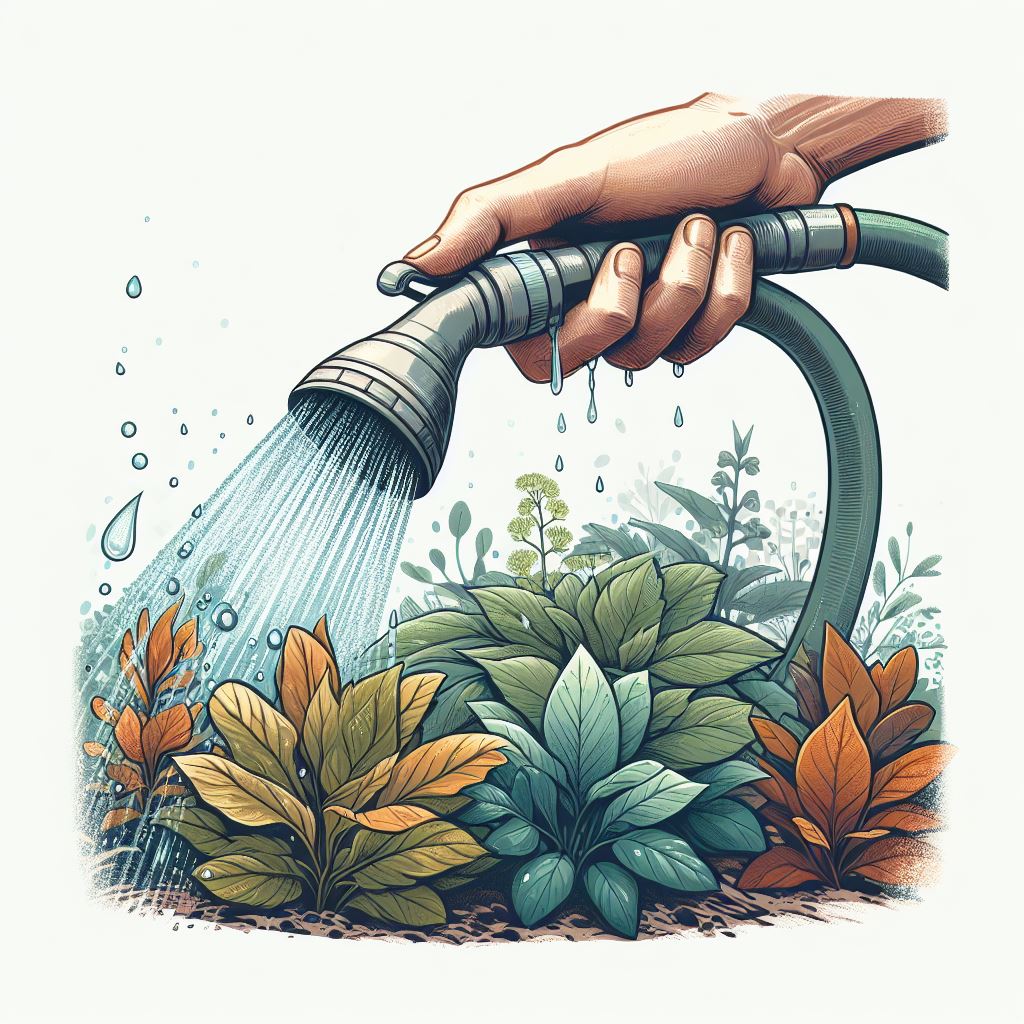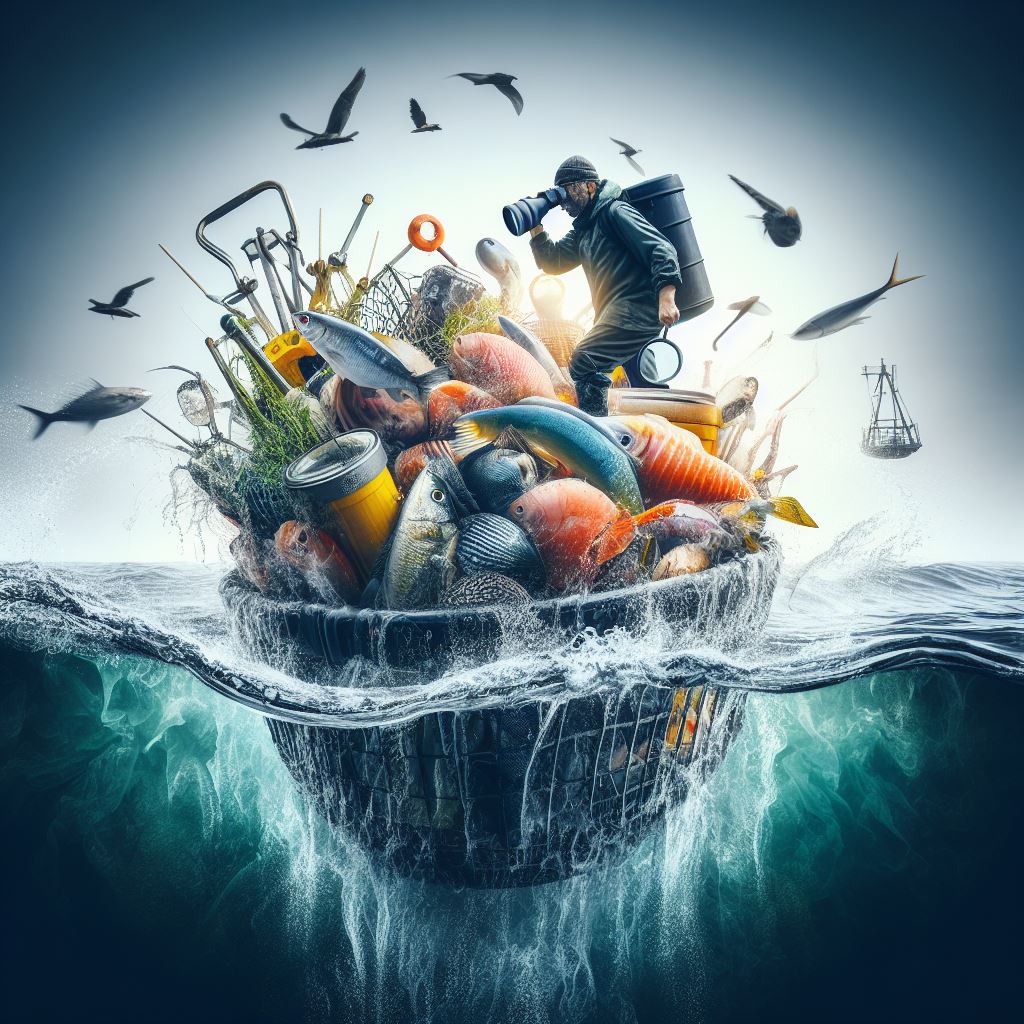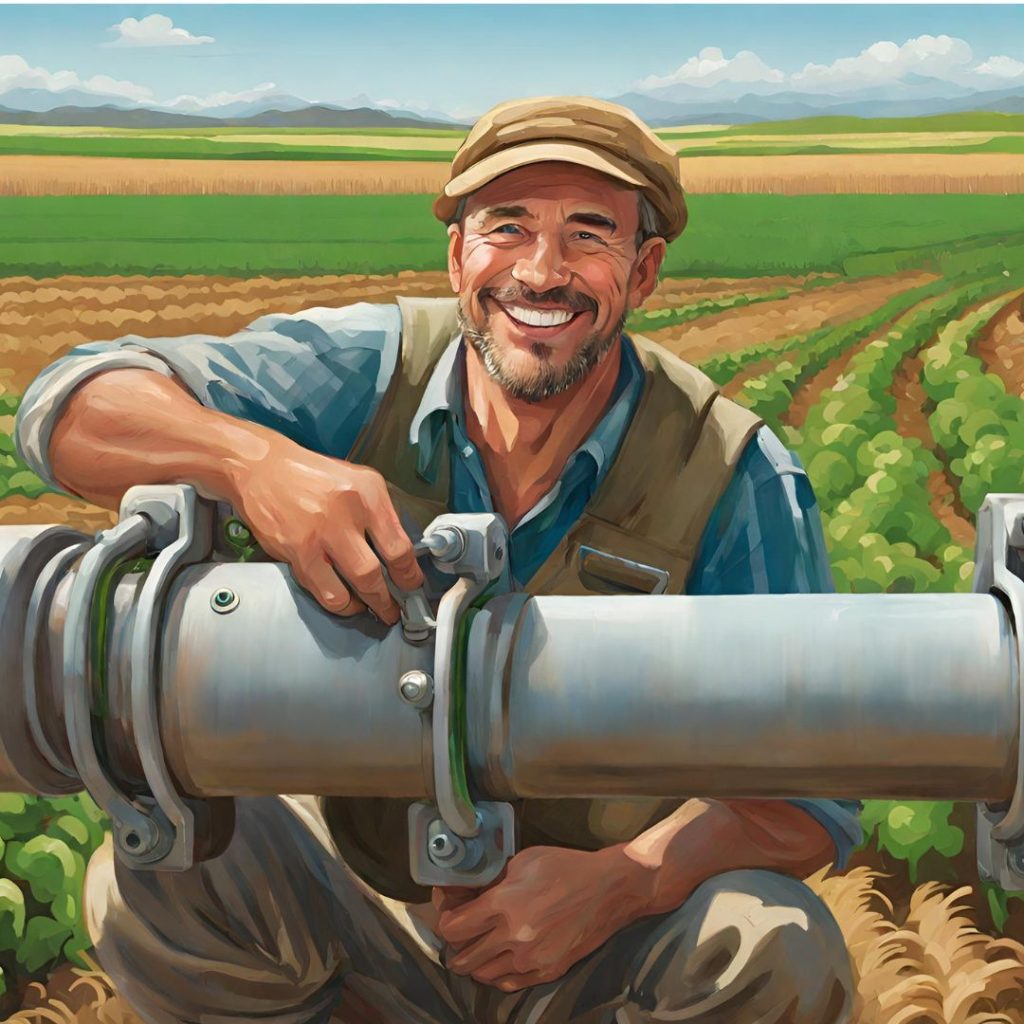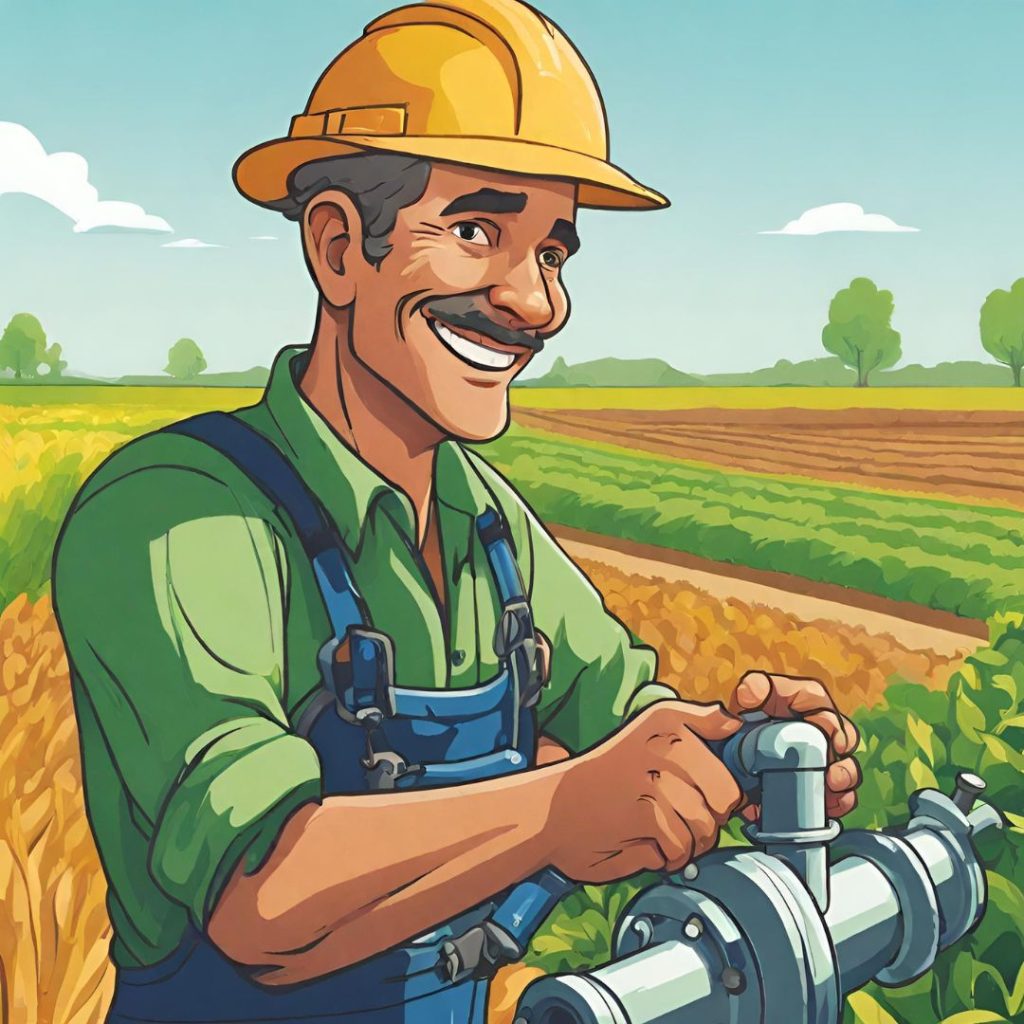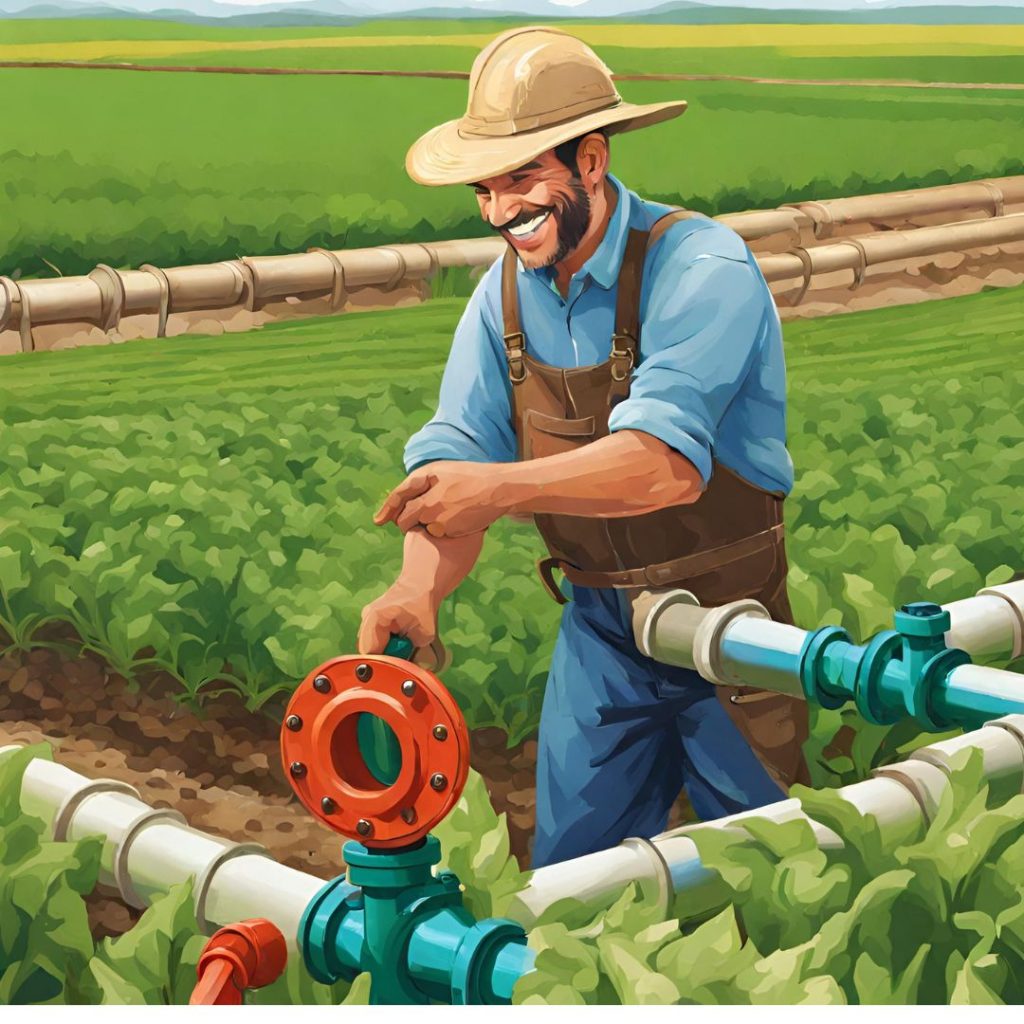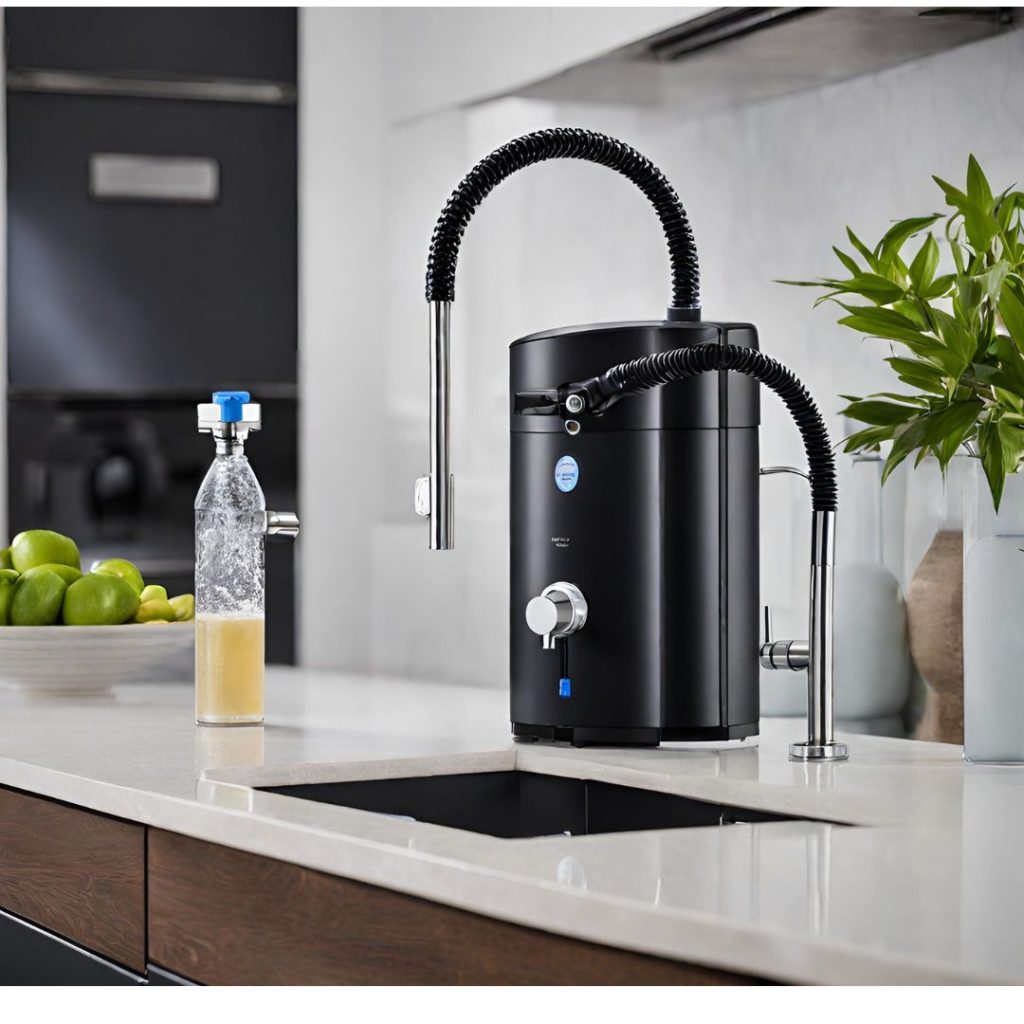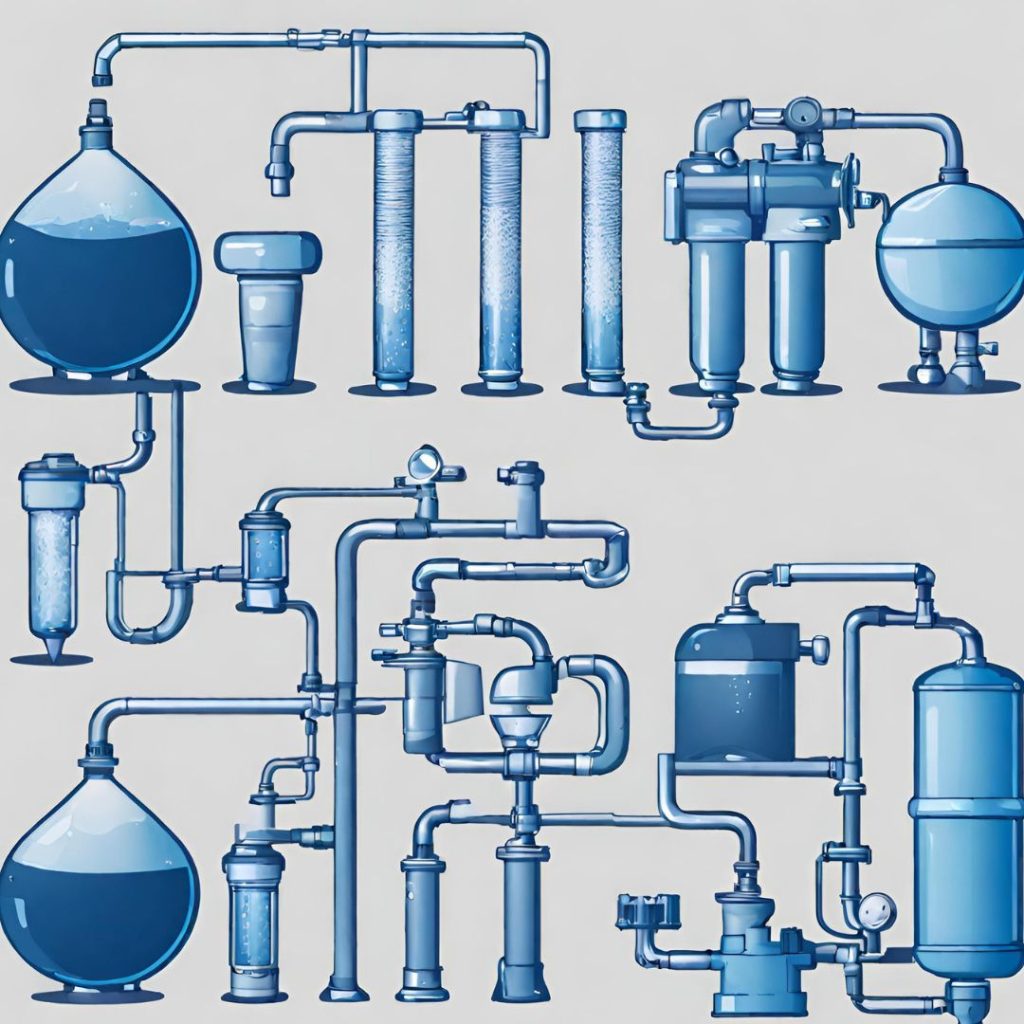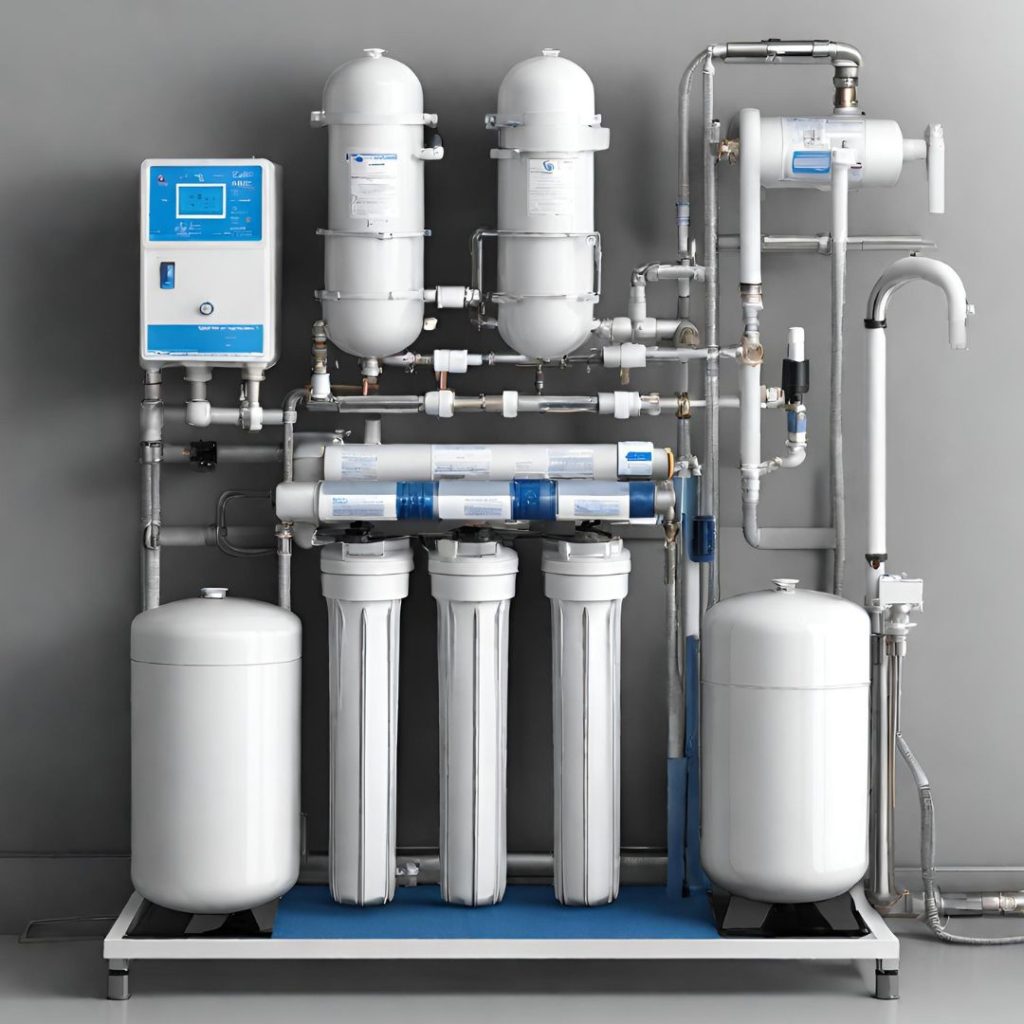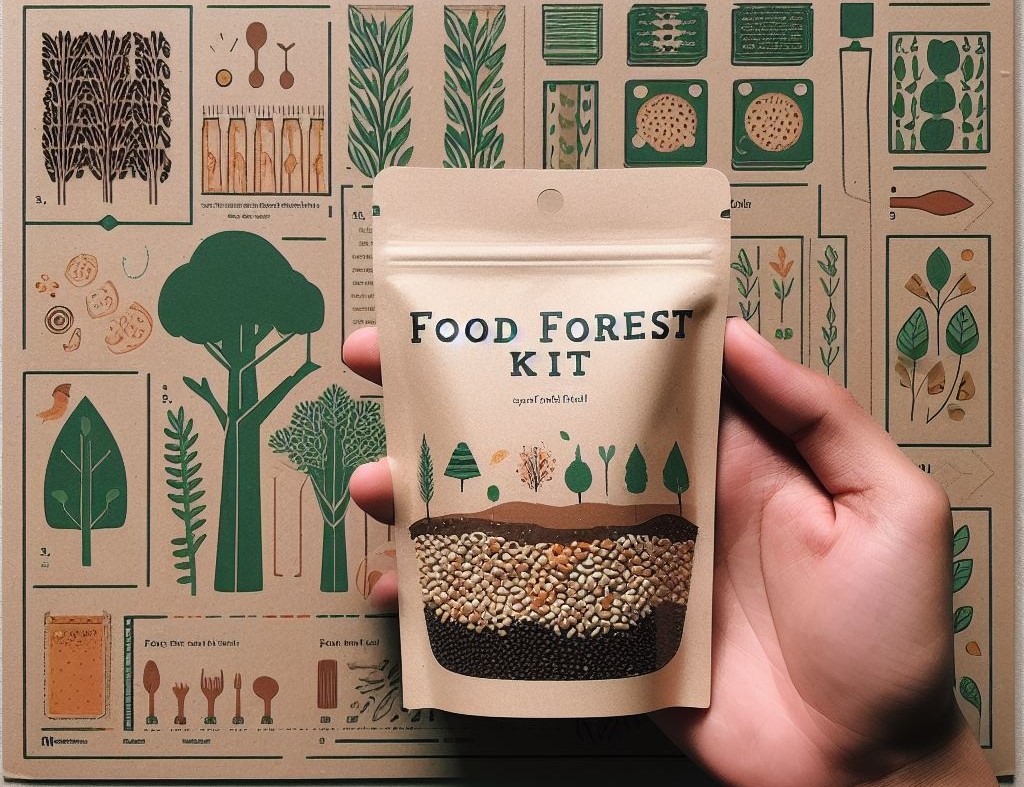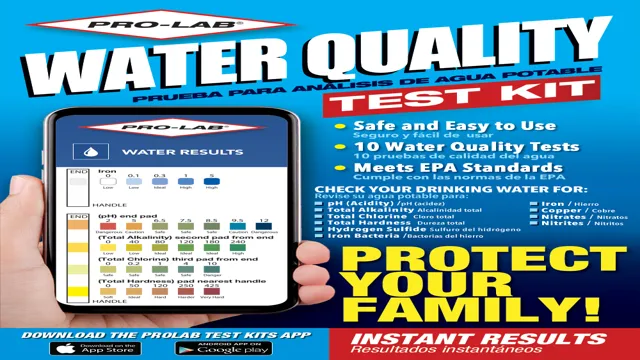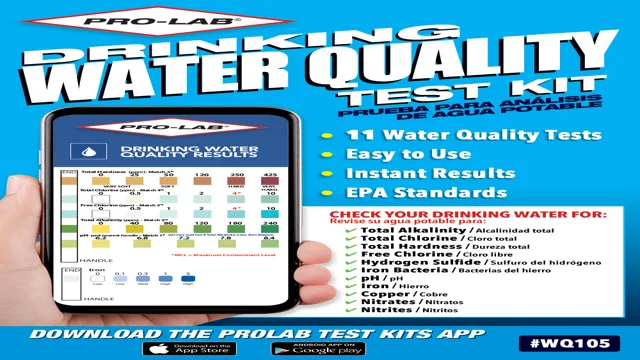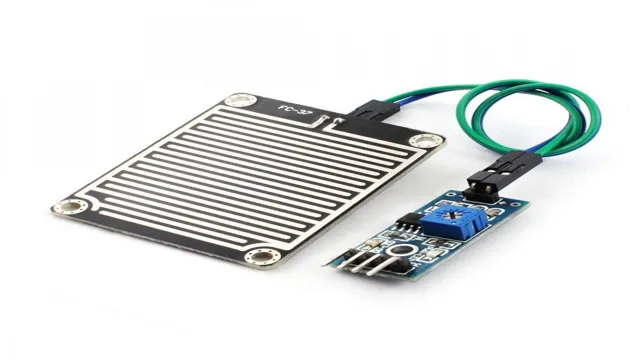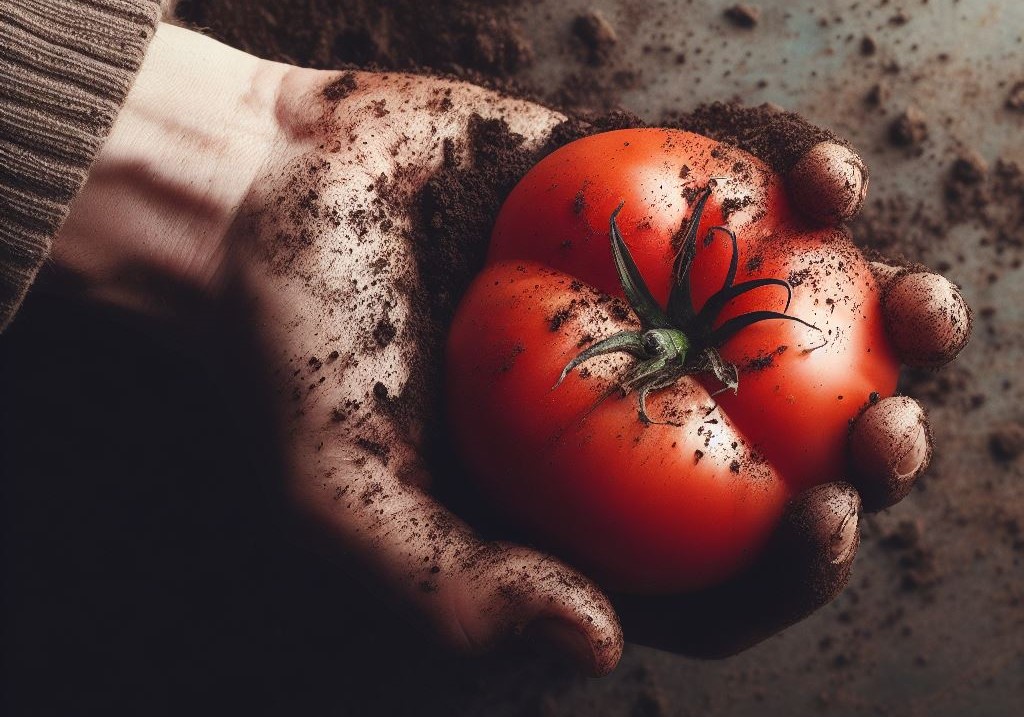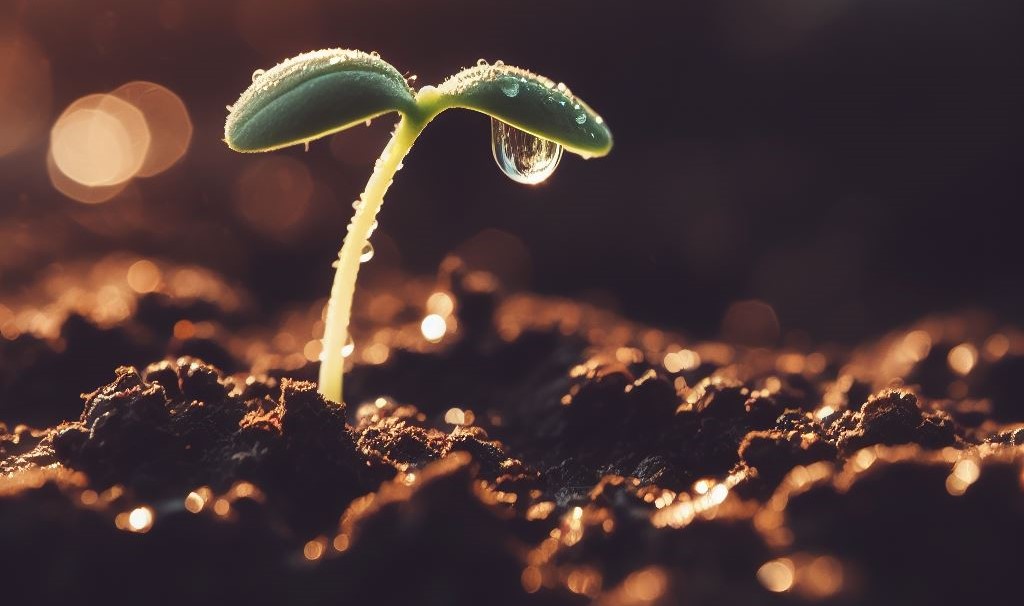Keeping your garden lush and green all year round doesn’t have to feel like a Herculean task. With the right resources and tools, you can easily maintain the perfect balance of water for your plants, regardless of the season. That’s why today, we’ve got something special for you – A comprehensive guide on seasonal watering adjusters.
This guide is designed to empower you with expert tips, practical advice, and actionable strategies that will revolutionize your gardening experience. Whether you’re a novice gardener or a seasoned horticulturist, our Seasonal Watering Adjusters Guide is sure to become your go-to resource for efficient and effective garden watering. Take a step forward in your gardening journey, and let’s dive into the world of seasonal watering adjusters.
Understanding Seasonal Watering

Section Title: Deciphering the Mystique of Seasonal Watering: A Close Look at Seasonal Watering Adjusters As the seasons gracefully transition, the demands of your garden or lawn seamlessly shift as well—necessitating a change in your watering routine. Enter seasonal watering adjusters, the unsung heroes of an efficient irrigation system. These ingenious devices are designed to automatically modify the watering schedule based on the specific season, effectively ensuring that your plants receive the optimal amount of hydration all year round.
Far from being a mere luxury, seasonal watering adjusters are an essential tool for any green-thumbed individual or professional landscaper. They not only promote a healthy and vibrant garden but also contribute to water conservation. Seasonal watering adjusters take into account a myriad of factors, such as temperature, rainfall, and even the type of plant life in your garden.
The result? A customized watering plan that matches the distinct needs of your garden in every season. Whether it’s the blooming vitality of spring or the icy chill of winter, these adjusters are designed to adapt, ensuring your plants thrive in every weather condition. So why not take the guesswork out of watering and let technology do the heavy lifting? Seasonal watering adjusters are a smart investment that guarantees a lush, verdant garden and a clear conscience, knowing you’re contributing to water conservation.
A clever solution, indeed, for those seeking to marry technology and nature in perfect harmony.
What is Seasonal Watering?
Seasonal watering adjusters are intuitive devices that optimize water usage based on various seasonal changes. They are designed to adjust the amount of water used for landscapes and gardens depending on the particular season. This intelligent watering method, known as seasonal watering, ensures that your green spaces receive the right amount of moisture throughout the year.
It saves water during the rainy seasons and provides ample hydration during dry periods. Seasonal watering adjusters are not just eco-friendly; they are also a cost-effective solution for maintaining the health and beauty of your landscapes. Now that’s smart gardening!
Importance of Seasonal Watering
Seasonal watering adjusters are crucial tools for maintaining a healthy landscape. As the seasons shift, so do the watering needs of plants. Over-watering or under-watering can significantly impact their growth and survival.
Seasonal watering adjusters provide a clever solution to this challenge, allowing you to adapt your watering schedule based on the specific needs of the season. This ensures your plants receive the right amount of water all year round. With a touch of wit, we could say these devices are like personal assistants for your plants, ensuring they’re always perfectly ‘hydrated’ regardless of the season.
Introduction to Watering Adjusters
As we navigate the changing seasons, our gardens and landscapes require varying amounts of water to thrive. Here’s where seasonal watering adjusters come into play. These handy devices are not just another modern-day piece of technology but rather a gardener’s best ally in maintaining a healthy and vibrant garden throughout the year.
Seasonal watering adjusters, as the name suggests, adjust the watering schedule of your plants based on the current season. They’re like having a personal assistant for your garden, diligently making sure each plant gets the right amount of water depending on the time of the year. These adjusters work by considering various factors such as temperature, humidity, and daylight hours, which all change with the seasons.
The device then automatically tweaks the watering schedule, ensuring that your plants get just the right amount of water they need to flourish. In essence, seasonal watering adjusters take the guesswork out of gardening. They save time, conserve water, and most importantly, keep your plants healthy and happy.
So, whether you’re a seasoned gardener or a green-thumbed newbie, seasonal watering adjusters are a smart investment for any gardening enthusiast. They’re a simple yet effective way to navigate through the ever-changing needs of your garden, one season at a time. So, as we embrace each new season, let’s also embrace the technology that helps our gardens adjust to them.
After all, a well-watered garden is a happy garden, and a happy garden makes for a happy gardener.
Understanding Watering Adjusters
Seasonal watering adjusters, also known as watering adjusters, are smart irrigation tools designed to optimize your watering schedule based on the prevailing weather conditions. These ingenious devices work by adjusting the amount of water needed for your plants, lawn or garden in response to seasonal changes. They take into account factors such as temperature, rainfall, and evaporation rates, preventing water wastage during cooler months and ensuring adequate hydration during warmer periods.
In essence, seasonal watering adjusters transform your garden maintenance tasks into an intelligent, efficient and eco-friendly routine. So, embrace the ingenious charm of seasonal watering adjusters and let nature and technology harmoniously coexist in your backyard.

Types of Watering Adjusters
Seasonal watering adjusters are a gardener’s best friend, intelligently modulating your irrigation system in response to changing weather conditions. There are several types to consider. Weather-based adjusters utilize local weather data to optimize watering schedules, while soil moisture sensor adjusters rely on real-time soil moisture levels.
Solar sync adjusters consider sunlight and temperature to determine watering needs. Lastly, rain sensor adjusters pause watering in response to rainfall. Each type brings a unique blend of precision and convenience, ensuring your garden gets the right amount of water, no matter the season.
Truly, these devices are a testament to the marriage of technology and nature.
Benefits of Watering Adjusters
Seasonal watering adjusters are smart gardening tools that adapt your irrigation schedule according to the changing seasons. They ensure optimal water usage, leading to healthier plants and significant savings on your water bill. These clever devices are particularly beneficial in areas with diverse climate changes, making sure your garden receives the right amount of hydration, whether it’s a scorching summer or a frigid winter.
Embrace the benefits of seasonal watering adjusters and let them handle the tricky task of adjusting your watering schedule while you enjoy a thriving, water-efficient garden all year round.
Using Seasonal Watering Adjusters

Harnessing the Power of Seasonal Watering Adjusters The nutrient-rich lifeblood of any vibrant garden or lush lawn is water. However, finding the perfect balance between overwatering and underwatering can seem like an elusive pursuit. This is where seasonal watering adjusters step into the spotlight and take a bow.
These smart devices are the unsung heroes of gardening and lawn care, efficiently managing your watering regimen according to the changing seasons. Seasonal watering adjusters are designed to monitor weather conditions and adjust irrigation systems based on the actual needs of your plants. They factor in variables such as temperature, humidity, and rainfall to calculate the optimal amount of water your garden requires, ensuring it receives the perfect level of hydration throughout the year.
Gone are the days of guesswork and haphazard watering schedules. With these clever devices, your garden can thrive in all seasons, and you can conserve water, saving both the environment and your wallet. Not only will your plants thank you, but you will also have more time to enjoy the fruits (or flowers) of your labor.
So, if you’re keen to elevate your gardening game, it’s time to embrace the power of seasonal watering adjusters. These ingenious devices are more than just a convenience; they’re an investment in the health and beauty of your garden. This isn’t just smart gardening; it’s gardening at its finest.
Setting Up Watering Adjusters
Incorporating seasonal watering adjusters into your irrigation system is a clever move for any discerning gardener or landscaper. These ingenious devices provide an optimal balance of moisture for your plants, adjusting water flow according to seasonal needs. From the scorching heat of summer to the chill of winter, seasonal watering adjusters ensure your plants are neither parched nor waterlogged.
Setting up these devices is a breeze, a simple yet effective way to keep your garden lush and vibrant all year round. So, let’s delve into the witty world of watering adjusters, your garden’s secret weapon against seasonal swings.
Adjusting Watering Based on Seasons
As garden enthusiasts, we understand the importance of adjusting watering habits to suit the rhythm of the seasons. Just as we swap out our wardrobes to accommodate the weather, our plants also require a change in their hydration routine. Enter seasonal watering adjusters – the clever tool that enables us to adapt our watering practices according to the time of year.
These handy devices consider factors like temperature, humidity, and precipitation to ensure our precious plants receive just the right amount of hydration. So, let’s delve deeper into the world of seasonal watering adjusters and give our plants the tailored care they deserve.
Maintaining Watering Adjusters
Maintaining Seasonal Watering Adjusters: A Green Thumb’s Guide As we enthusiastically get our hands dirty in the garden, we often overlook the importance of maintaining our gardening tools – especially our seasonal watering adjusters. These unsung heroes of the horticultural world play a crucial role in keeping our green spaces lush and vibrant throughout changing seasons. Seasonal watering adjusters are designed to modulate water supply according to the seasonal needs of your plants.
They reduce water wastage and ensure that your plants are well-hydrated, no matter the weather. However, like any other piece of equipment, they, too, require regular upkeep to function optimally. Maintenance of these devices is not rocket science.
It involves regular cleaning to prevent blockages, timely replacement of worn-out parts, and periodic checks to ensure that the adjuster is correctly calibrated according to the season. Remember, a well-maintained watering adjuster is akin to a well-oiled machine, ensuring your garden thrives in all seasons. It might seem like a trivial task, but proper maintenance of your seasonal watering adjusters can truly make a difference in your garden’s health.
It’s akin to the conductor of an orchestra, subtly guiding the performance without drawing attention to itself. So, let’s give these silent maestros of our gardens the care they deserve. In conclusion, maintaining your seasonal watering adjusters is not merely a chore, but a necessary act of love towards your plants.
They might be silent and unassuming, but their role in creating your garden’s symphony is undeniable. So, roll up your sleeves, get your hands dirty, and give your watering adjusters the attention they warrant. After all, a little care goes a long way in preserving the verdant charm of your garden.
Frequently Asked Questions (FAQs)
What are seasonal watering adjusters?
Seasonal watering adjusters, also known as seasonal adjustment, is a feature available in most modern irrigation systems that allows the system to automatically adjust the amount of water used based on the time of year and the needs of the plants being watered.
How do seasonal watering adjusters work?
Seasonal watering adjusters work by considering the current season and environmental conditions. In dry seasons or hot climates, the adjuster increases the amount of water, while in wet seasons or cool climates, it reduces the water usage. This ensures the plants receive the necessary amount of water all year round.
What are the benefits of using seasonal watering adjusters?
Seasonal watering adjusters help save water by preventing overwatering or underwatering, which is beneficial for the environment and can significantly reduce water bills. Also, it ensures optimal watering for plants, leading to healthier and more vibrant landscapes.
Can I manually control the seasonal watering adjusters?
Yes, most irrigation systems with seasonal watering adjusters allow manual controls. If you believe the system is overwatering or underwatering, you can manually adjust the settings according to your preferences and conditions.
Are seasonal watering adjusters difficult to install?
The difficulty of installing a seasonal watering adjuster depends on the type of irrigation system you have. Some modern systems come with built-in adjusters, while others may require a professional to install. Always refer to the manufacturer’s instructions or consult with a professional for installation.
How do I know if my irrigation system has a seasonal watering adjuster?
You can check the product manual or contact the manufacturer to determine if your irrigation system includes a seasonal watering adjuster. If it doesn’t, you can often purchase one separately and have it installed.
Conclusion
Seasonal watering adjusters are the unsung heroes of efficient gardening. They not only ensure your plants receive the right amount of water relative to the season but also help conserve water in the process. Think of them as your garden’s weather forecasters, always adjusting to the rhythms of Mother Nature.
They’re the Sherlock Holmes of horticulture, always deducing the precise amount of hydration needed for the season. So, upgrade your garden with these clever devices, and let them think while your plants do the drinking.
